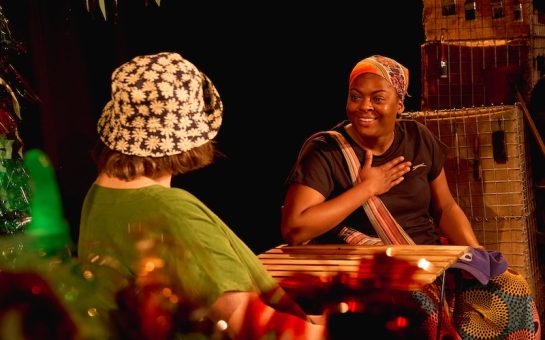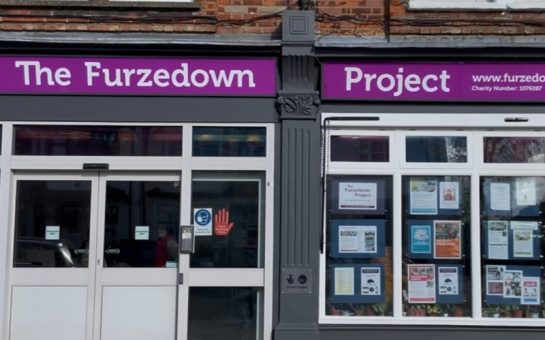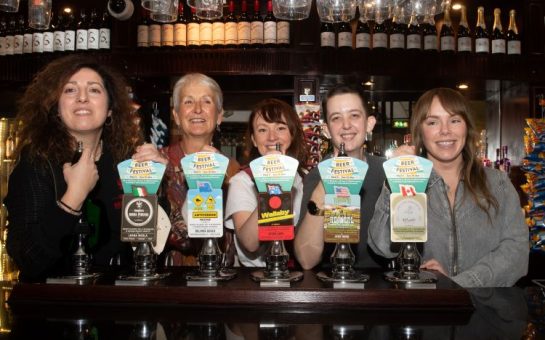John Hatch’s twinkling eyes hold a secret.
One that involves ingenuity, dedication and a long held promise.
For 15 years, the former Head Brewer at Young’s ran an unsanctioned operation to keep Britain’s oldest brewery alive.
The 55-year-old brewer, now Heritage Experience Manager at Sambrooks, has become something of a legend among beermakers, gaining international recognition for his work.
Jens Van Stee, brewmaster at Dutch brewery Emelisse, told SWL: “He’s a bit of a legend when it comes to the art of making beer”.
According to historical records compiled and analysed by historian Helen Osborne, beer has been continuously brewed on the Wandsworth site since 1581.
There is some evidence to suggest that beer could have been made on the site even earlier than this date.
Young’s had owned the Wandsworth site since 1831, but in 2006 it decided to close the site and relocate 65 miles away to Bedford.
The site was sold for £69 million to a property developer. As part of the deal, the developer agreed that no commercial brewing could take place on the site.
Sambrooks Brewery, John’s current employer, now owns the site, and is pumping out more than 50,000 pints a week.
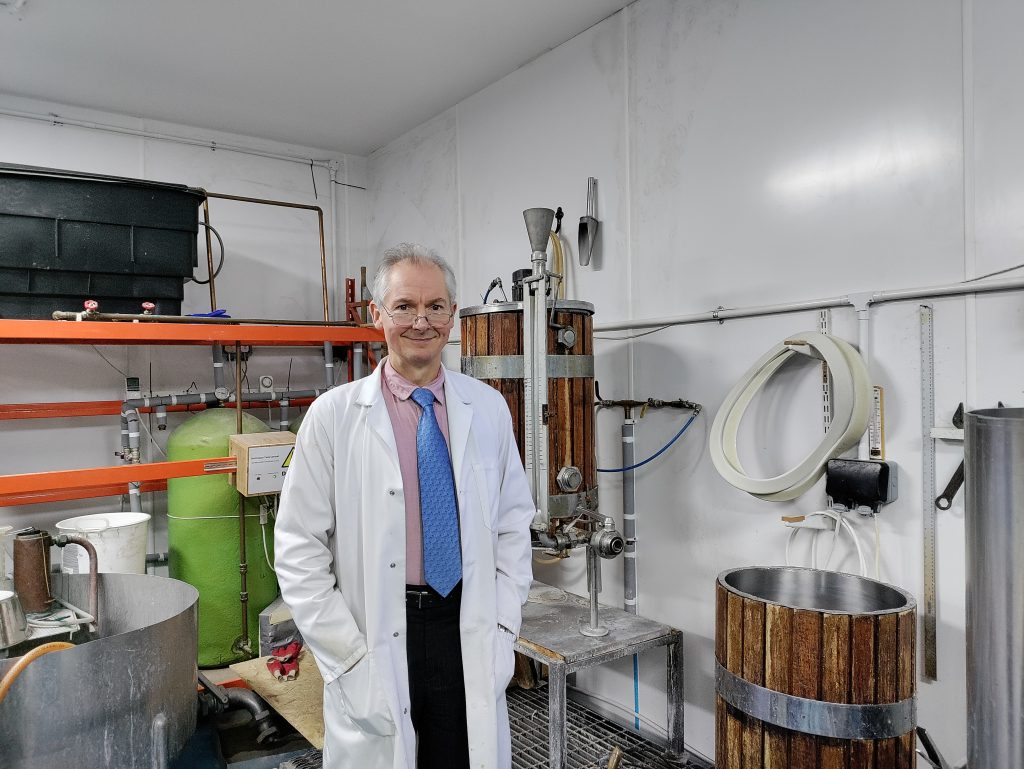
Young’s offered him a health and safety job at the Wandsworth site, which John saw as an opportunity to keep Britain’s oldest brewery alive.
“I have little interest in health and safety, so it was a means to an end. My first love is brewing. It’s what I do best, it’s what I do the most”, he said.
As the health and safety advisor of the site during the decommissioning process, John said he had the time to explore the site and immerse himself in its history.
“We got the chance to sort of look into doors and offices and things we’d never been in before. It was really quite eerie.”
Things changed overnight when the scrap merchants came in.
“They were using plasma cutters to slice through the stainless steel of the equipment. It became really, really unpleasant, with huge amounts of heat, noise and smoke.
“The whole brewery was filled with acrid smoke. Fires kept on setting off all over the place.
“It was incredibly noisy, incredibly smelly and dirty, and just absolutely unbearable.
“It was like the gates of Hades had opened up and swallowed us to hell”.
John told SWL that he would didn’t have the support of Young’s when making the nanobrewery: “I don’t think Young’s were particularly interested in me setting up a brewery on the side because they had to shut down the site.”
He had saved enough unfermented beer from Young’s for one year. At the time, he thought this was more than enough time to create a fully working nanobrewery:
“I was completely wrong. It was impossible. Towards the end of the year, I panicked and I thought ‘what can I do?’”
The answer lay around him; The scraps of metal and old equipment that once kept Young’s brewing could be turned into something new.
He called up the decommissioning team who were dismantling Young’s brewery, a group of engineers and mechanics, and asked what they thought of putting together a nanobrewery from spare parts.
They loved the idea.
They waited till their boss had gone on holiday before they started to put everything together.
This “scrapheap challenge”, as John puts it, took nine days to complete, using a variety of parts, including an old tea urn from the canteen, an immersion heater and a vat originally used to store defective bottles.
“[The decommissioning team] were very depressed because they were ripping up the brewery which they had spent their entire careers building up.
“For me to turn up and say ‘We’re going to build a brewery’, it was the first time they smiled in a year.”
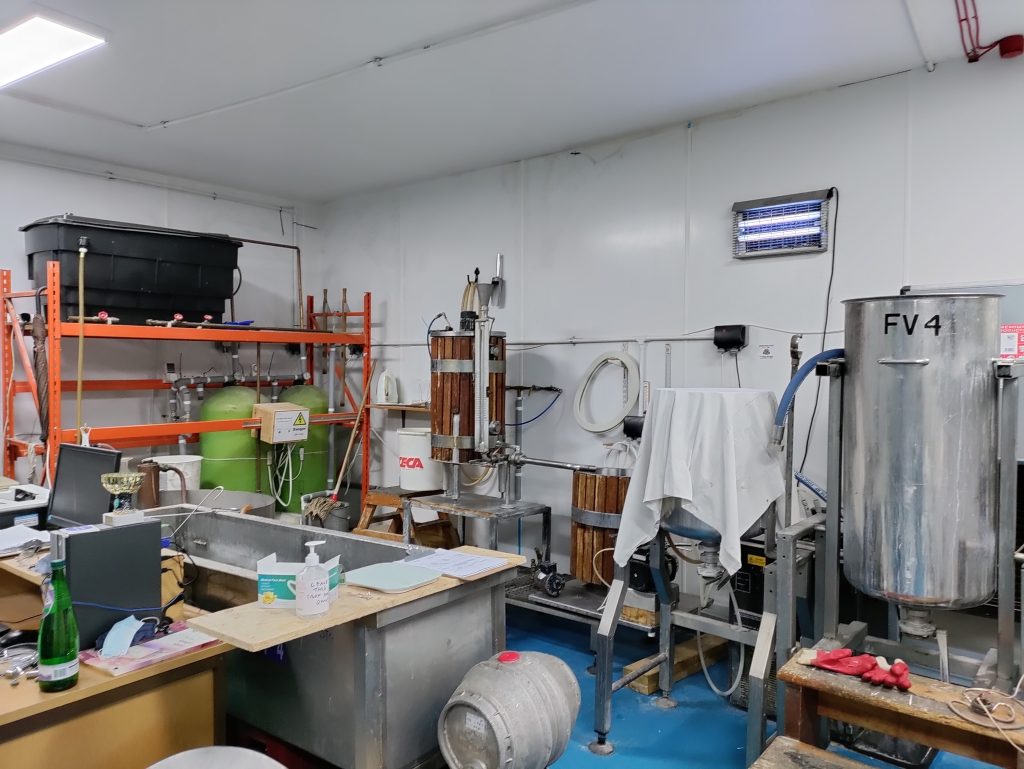
Derek Prentice, Master Brewer at Wimbledon Brewery, told South West Londoner: “This is a man who knows how to brew a pint. If anyone could pull this off, it was him”.
The first batch they made was, as John put it, “a complete cockup”.
“The first beer was disgusting. One of the welders, Terry Wilkins, was the first to taste the beer. He looked very proud as he pulled down the pump.
“When he brought it to his lips, he looked slightly panicked. He walked off and spat it out. It took me a few weeks to actually make a beer worth drinking”.
He was partly inspired by the deep history and the legacy that the site held.
But he says he mostly kept the brewery alive because of a promise he made to John Young, the chairman of Young’s brewery since 1962.
“I said that I would keep the brewing going while there was breath in my body. Looking back, it was incredibly arrogant of me.
But the fact is I kept my promise to John Young. Every day, even through the ludicrous hours, when it was incredibly hard work, I kept on thinking ‘I made a promise, and I’m going to keep it’.
John Young passed away at the age of 85 one day before Young’s closed its Wandsworth site.
“I think towards the end either he couldn’t fight anymore or he had been defeated, but I know he tried his best to keep the brewery open for as long as possible”, Hatch said.
While the setup of the nanobrewery was easy enough, the running and maintenance of the nanobrewery was harder.
John and the others involved in the project were spending nearly £8,000 a year to keep the brewery going, and working at least 10 unpaid hours a week to keep beer flowing.
The agreement that Young and the property developer had signed prevented them from selling any beer commercially.
To get Around this, they gave the beer away “for free” and set up a donation box for people to put money in.
Because he didn’t have shareholders to worry about, he could experiment with the drinks he made.
He made a wide range of exotic beers, including one made with fermented black garlic, and another made from beetroots.
I asked him how important those 15 years were to him.
He said: “The only reason I’d put my career on hold was to keep records of Britain’s oldest brewery going. It was the only thing that mattered to me. Nothing else was important”.
